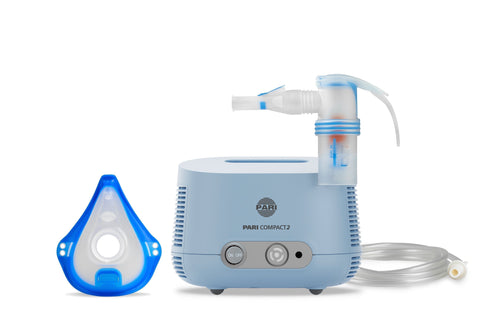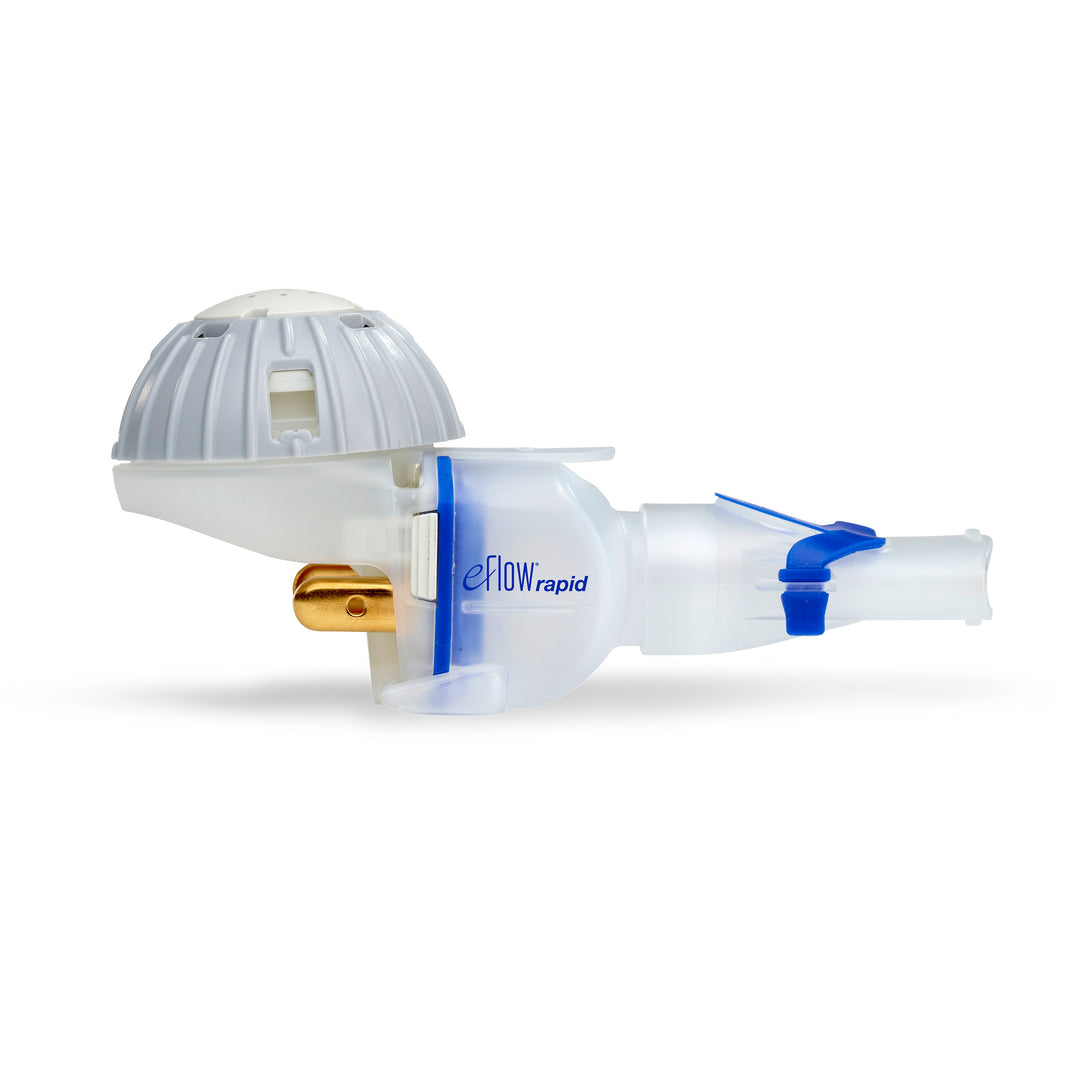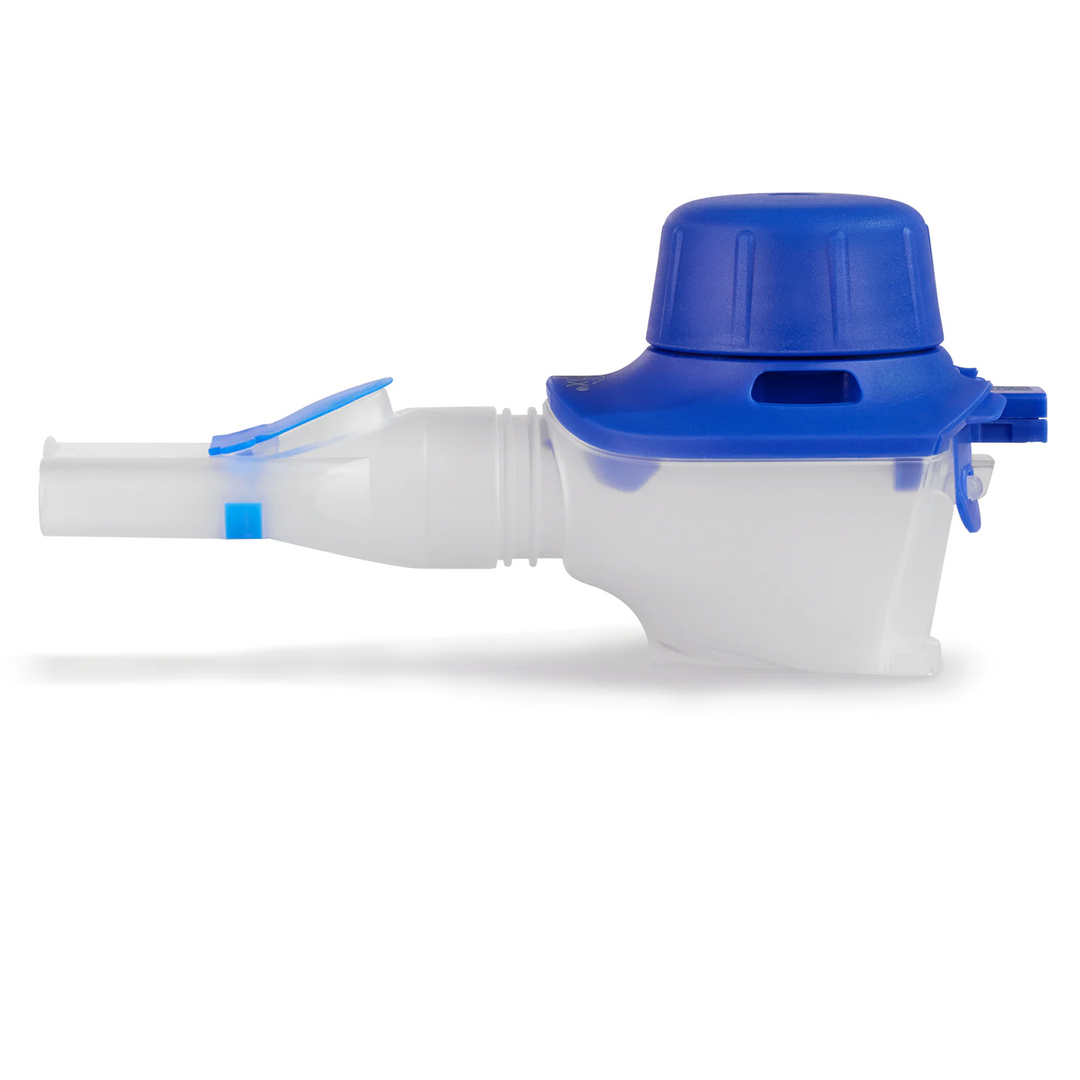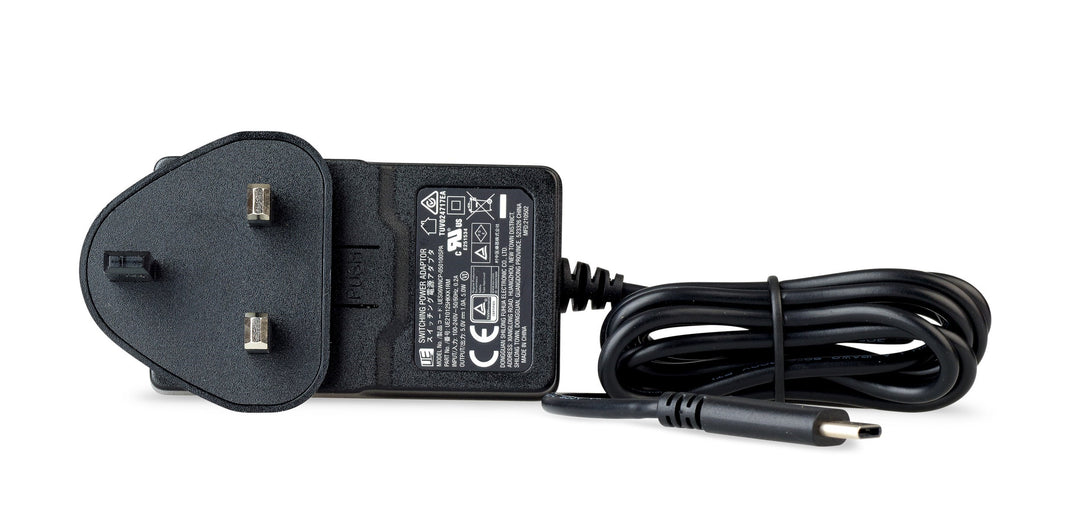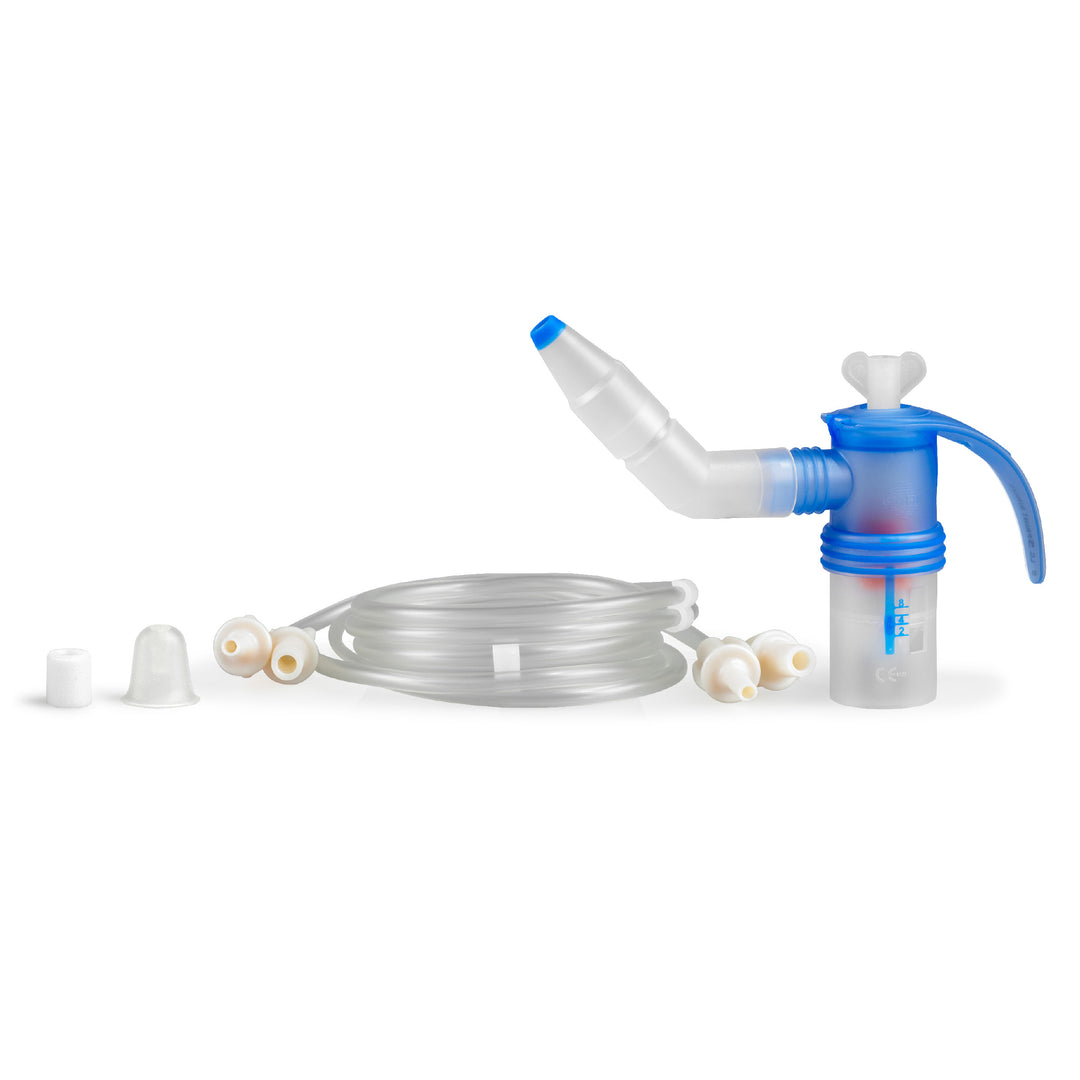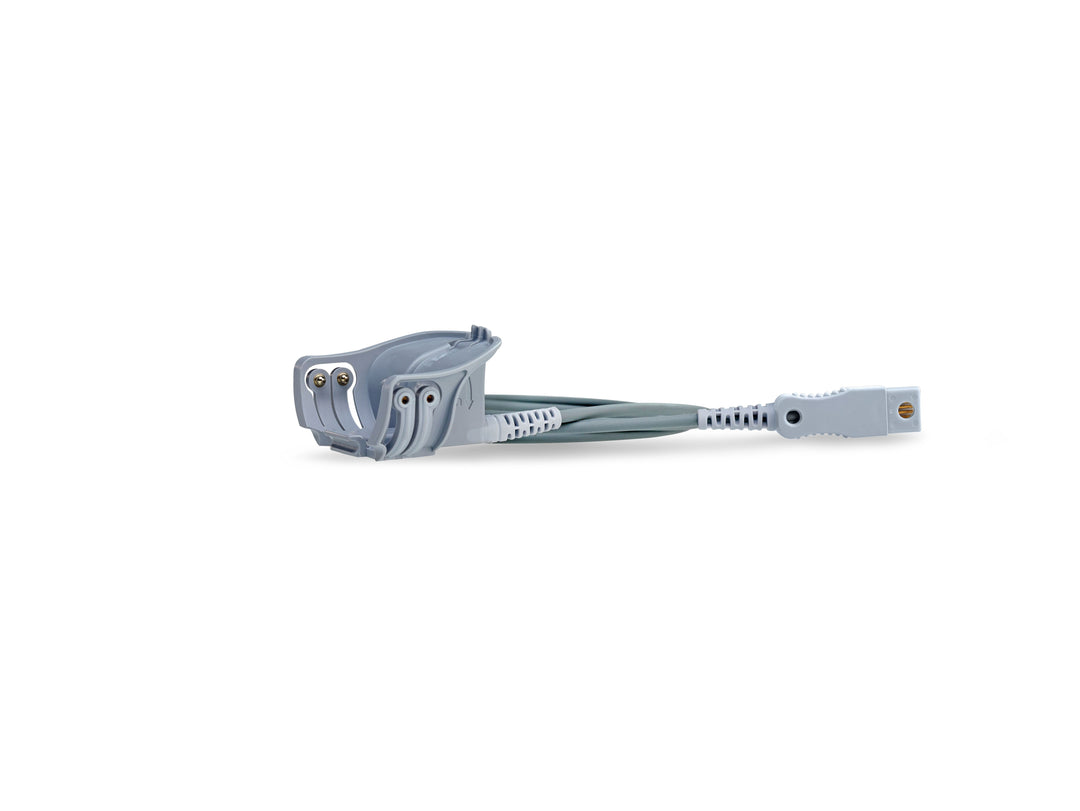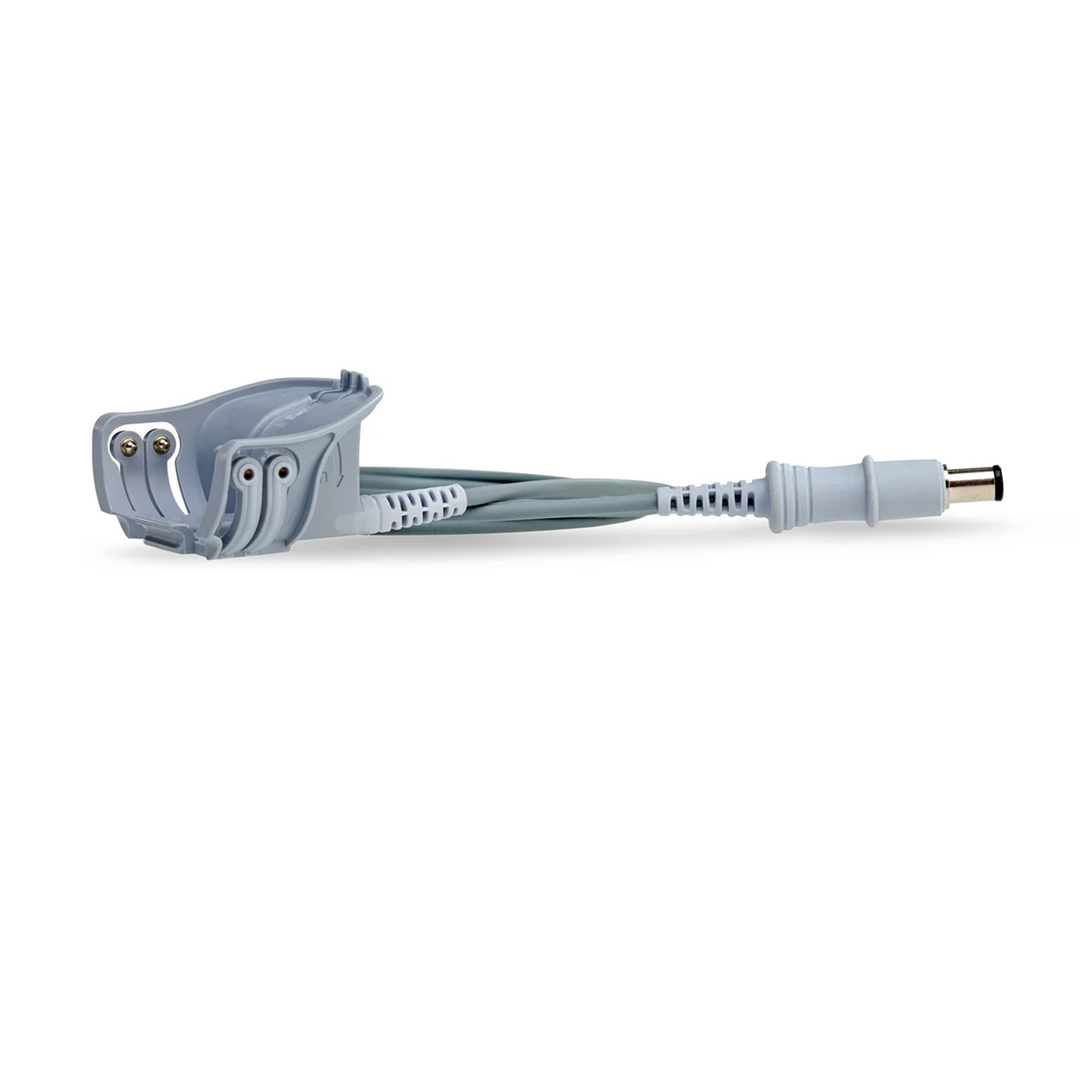
What is saline and why is it used in respiratory illnesses?
What is saline and why is it used in respiratory illnesses?
Saline solution has a wide range of uses in medicine and is a common sight everywhere from hospitals to home medicine cabinets, but what exactly is it and what specific applications does it have? In this post, we take an in-depth look at the substance and explore the various purposes it can serve.
What is saline?
Saline solution is simply a combination of water and sodium chloride (NaCl), or salt. NaCl can be made in a lab by reacting chlorine with sodium, but it’s also found naturally in large quantities in underground deposits and in seawater.
Saline is available in a range of different concentrations to suit various uses. With a concentration of 0.9% salt, it is often referred to as "normal saline" or “isotonic” saline. In higher concentrations (e.g. 3% & 6%), saline is described as "hypertonic". This type of solution was first described by Dutch physiological chemist Dr Hartold Hamburber in the 1890s, who discovered it had a similar freezing point to human serum. Serum is the fluid in blood that remains once clotting factors are removed.
What does saline do?
Different concentrations of saline all appear as a clear liquid, just like water, but they have very different effects on the body and are therefore used in different ways.
What is saline solution used for?
Normal saline can be used for everything from cleaning wounds to gargling for sore throats. This is because its properties can help to prevent infection and promote healing, and it is relatively inexpensive and readily available. This liquid is also commonly used to rinse contact lenses and as eye drops, as it has it has roughly the same concentration of salt as tears. Another common use of this type of fluid is for intravenous therapy. When patients are dehydrated and they are struggling to take fluids by mouth, isotonic saline can be administered via a drip. The NHS use it to restore body fluids and in conjunction with blood transfusions.
Another way to use isotonic saline is to mix it with certain medications to create a liquid suitable for inhaling using a nebuliser.
In contrast, "hypertonic" saline is often inhaled as a nebulised treatment by itself. It is recommended for many people with a range of respiratory conditions, such as bronchiectasis, chronic obstructive pulmonary disease (COPD) and cystic fibrosis.
Why is saline used in respiratory illnesses?
The reason why hypertonic saline is widely used as a treatment for respiratory conditions is because it is a ‘mucoactive agent’, meaning it can help to clear mucus and sputum from the airways, including the lungs, trachea and bronchi. It does this by increasing the amount of salt in the airways. This salt then attracts water, which helps to thin mucus and sputum, making it easier for patients to cough it up. In turn, this can help people to breathe more freely and it also reduces the risk of infections.
Research also backs up the benefits of hypertonic saline as a treatment for various lung conditions. Because of its effectiveness, the American Cystic Fibrosis Foundation and the current UK clinical guidelines recommend hypertonic saline as part of a treatment regimen for this medical condition.
Hypertonic saline is used with a nebuliser, which changes the liquid into a fine mist that patients can inhale using either a mouthpiece or a mask. This helps ensure it goes directly to the lungs where it is needed.
As with any new treatment, it is important to seek advice from your doctor or healthcare professional before trying hypertonic saline.
Updated 31st January 2025


